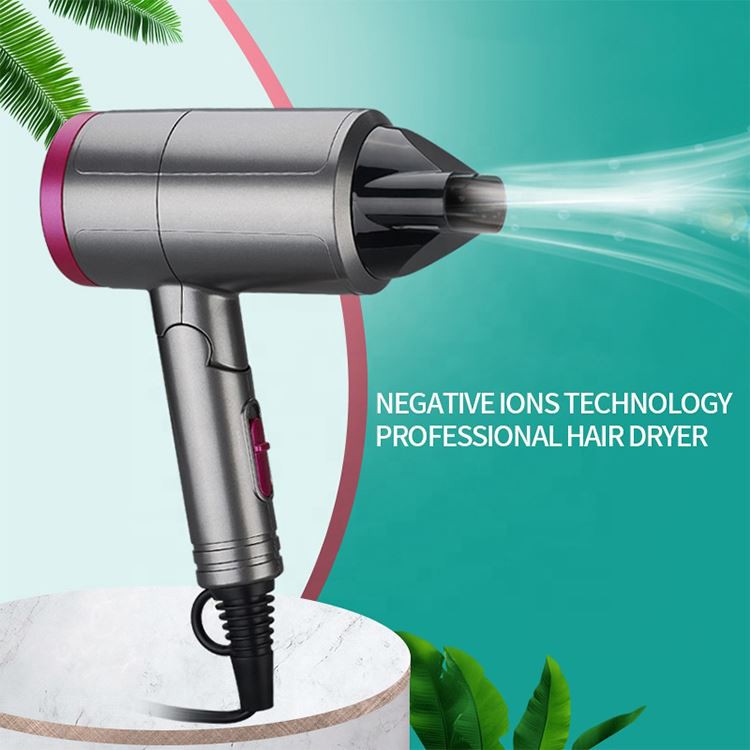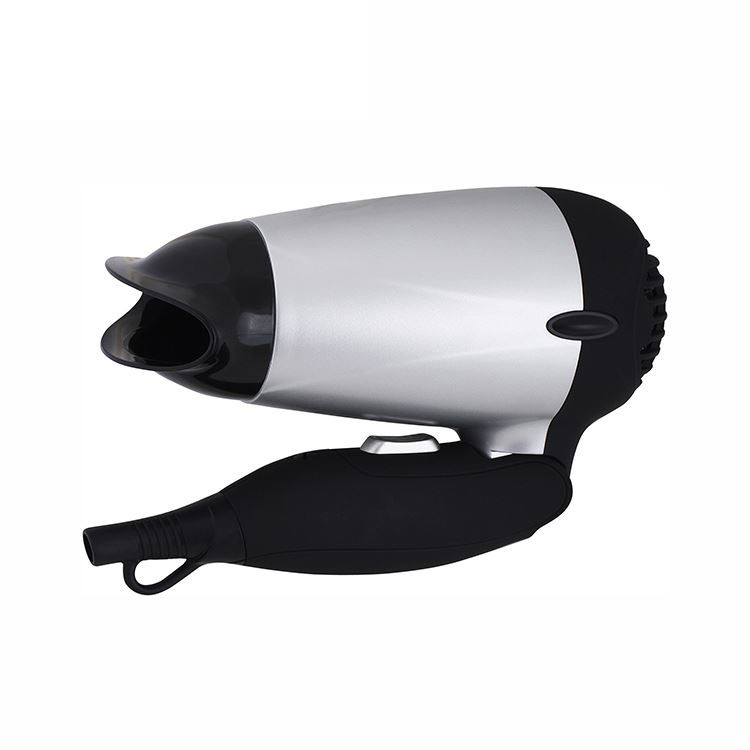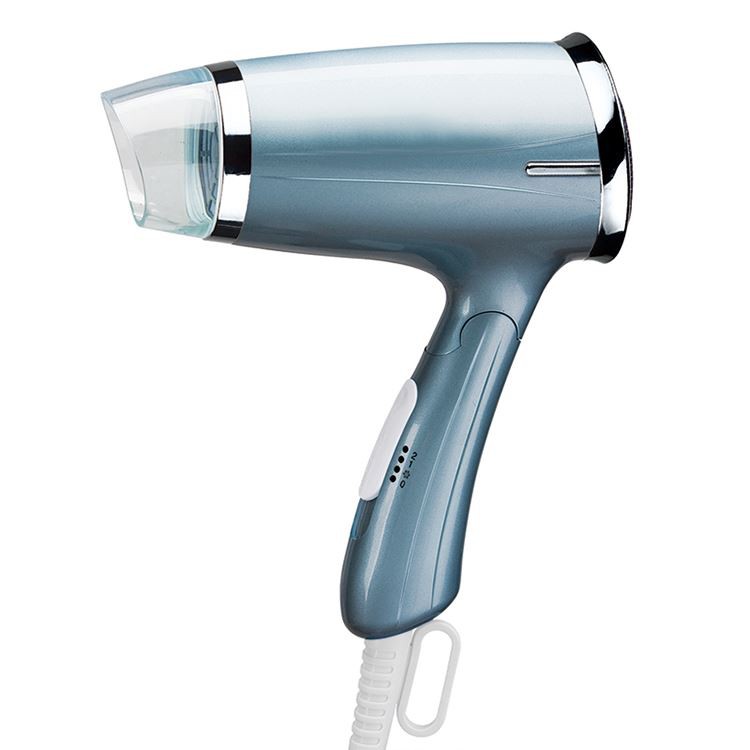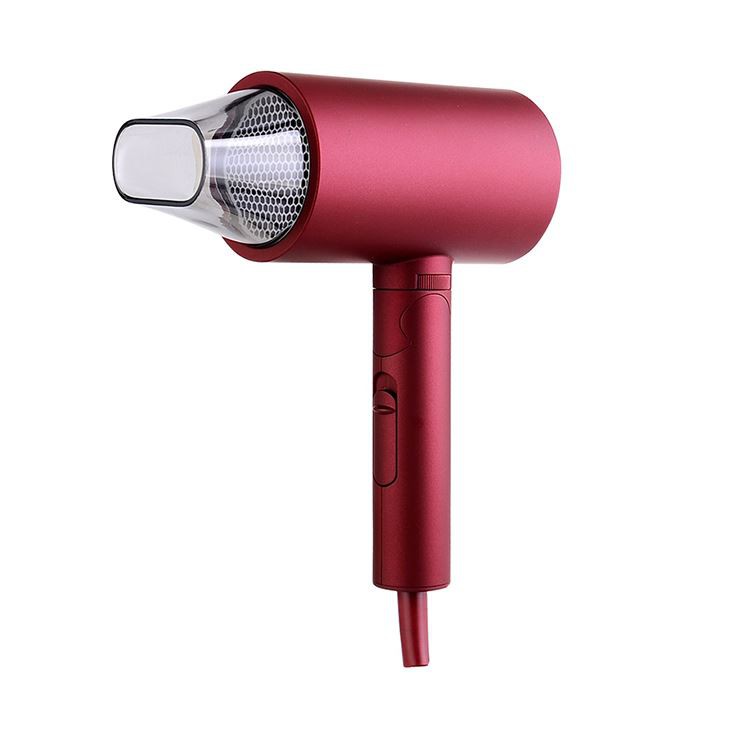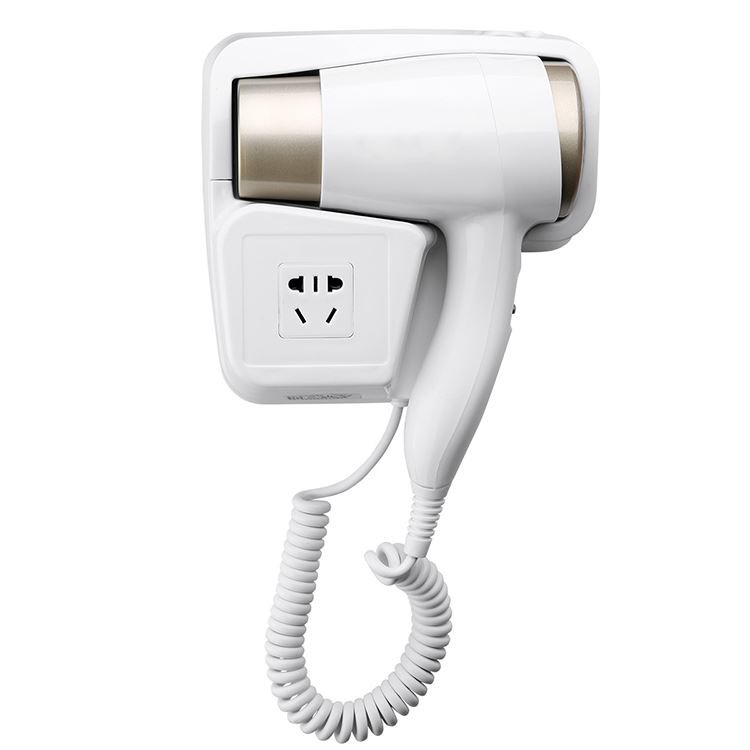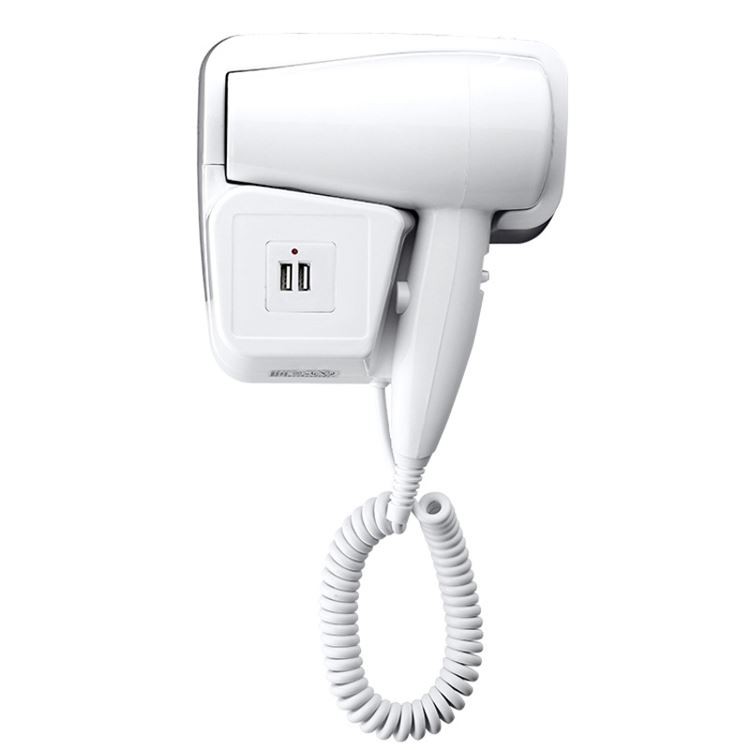Oral care is an important part of the operation of basic nursing technology, and it is one of the means to keep the oral cavity clean and prevent diseases. The following explains several commonly used oral care methods.
Common oral care methods are: cotton ball wiping method, rinse method, tooth brushing method and gargle method.
Cotton ball wiping method: The wiping method is a traditional oral care method in China. After moistening the cotton ball with the corresponding oral care solution, clean the moist lips, teeth, cheeks, tongue and hard palate in a certain order. In recent years, many reports have made some improvements on the basis of the traditional wiping method. If cotton ball scrub is changed to yarn ball scrub, the results show that yarn ball can remove plaque and soft dirt on tooth surface more effectively than cotton ball. Other improved methods include wiping with long cotton swabs and wiping with gauze wrapped around fingers. The wiping method is suitable for comatose and uncooperative patients, but the traditional operation method has disadvantages such as unclear vision and difficulty in opening. Foreign nurses often use disposable cotton swabs and sponge brushes to clean and moisten the mouth of patients in critical care units. Studies have shown that the wiping method can effectively remove plaque, but it has shortcomings such as small cleaning range and insufficient pressure. It is difficult to wipe clean when there are more oral secretions and dirt. It is recommended to suction or combine with rinsing before oral care for oral care.
Flushing method: The flushing method is to use a syringe or a syringe to draw a saline solution or a gingivitis irrigator (Jiuer mouth refreshing), and slowly rinse the patient’s teeth, cheeks, tongue, pharynx and hard palate from different directions. Use a plastic suction tube to suck up the oral fluid. When the rinse method is used for oral care of patients with oral endotracheal intubation, the oral care effect is better than the traditional wiping method and the operation time is shorter. When the oral care of the intubated patients, the oral wiping or the use of a toothbrush must be combined to effectively remove plaque.
Brushing method: Toothbrush is a common tool for normal people to maintain oral hygiene, and it is also one of the most effective tools for removing plaque and stimulating mucosa. Foreign surveys show that the use of toothbrushes by nurses in ICU ward provides oral care for 81.6% of non-intubated patients and 38.9% of intubated patients. In recent years, domestic scholars have also studied the application of toothbrush appliances in oral care. Conscious patients take a semi-recumbent or sitting position, and let the patient brush their teeth with toothpaste under the guidance or assistance of a nurse or caregiver, and rinse their mouth with water before and after brushing. Compared with the conventional cotton ball wipe care group, the oral freshness rate is higher , The incidence of dry throat is less. Some scholars suggest that it is more convenient to use children's toothbrushes for oral care of patients with oral endotracheal intubation, which can effectively remove plaque and improve the quality of oral care.
Gargle method: Gargle method is suitable for patients with unconscious disorders. Each time you gargle 10-15ml of gingivitis irrigator (Jiuerkoushuang) gargle, keep it 3 times a day. Frequent gargle can make the mouth moist and clear. Large debris and secretions reduce dental plaque. The action of gargle is also conducive to the movement of the muscles around the mouth and can promote the self-cleaning effect of the mouth. The method of gargle is to use the tongue up and down, left and right, and repeatedly stirring, each time gargle>3min. Using different gargles for gargle can achieve different purposes. Choosing different gargle frequencies according to the specific conditions of patients can effectively prevent and control the occurrence of oral complications.
Oral Nursing Methods of Patients with Oral Tracheal Intubation
In terms of oral care methods for patients with oral endotracheal intubation, domestic reports mainly have two views. One view is that oral washing is better than oral scrubbing, and the other is the opposite, which is that oral scrubbing is better than oral irrigation. According to recent reports abroad, most nurses tend to use foam swabs for oral care for patients. However, because foam swabs cannot perform scrubbing, they cannot remove the dental plaque implanted on the teeth of critically ill patients. Ineffective nursing operations, patients will be affected by potentially fatal hospital infections. Therefore, many studies still recommend nurses to scrub the patient's mouth at least once a day.
Regarding the frequency of oral care, domestic opinions differ. Some recommend once every four hours, while others recommend twice a day. A foreign survey shows that 72% of nurses replied that oral care for non-tracheal intubation patients uses two to three times a day. The number of oral care for patients with tracheal intubation is five times a day or more. For ICU patients, moisturizing the mouth two to four times an hour can relieve mucosal dryness. The number of oral care is at least three times a day.






